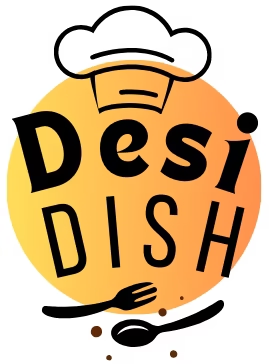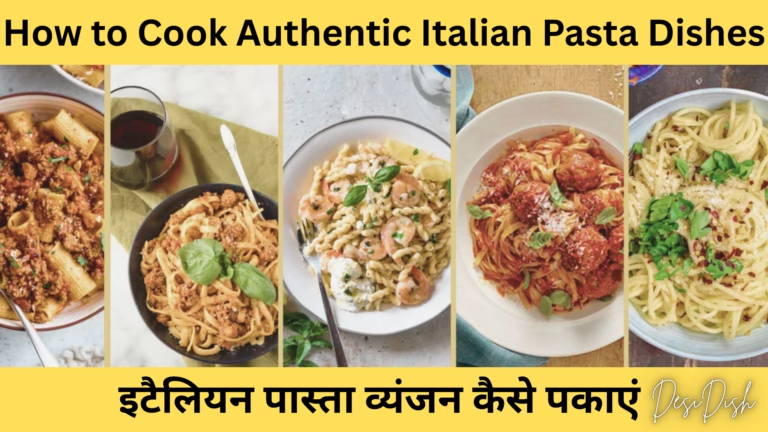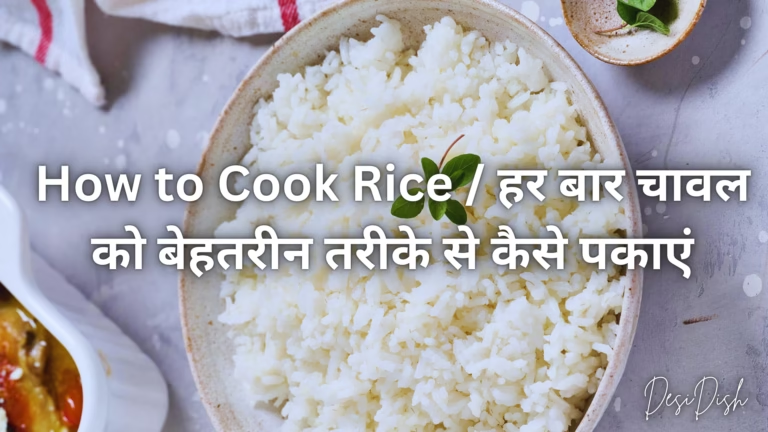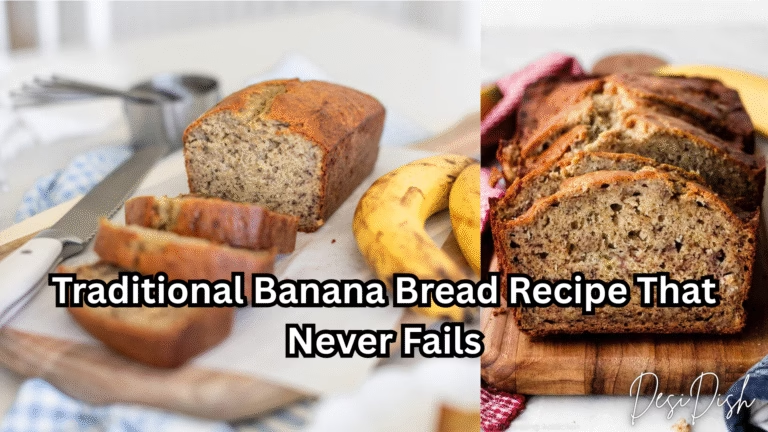Outline of the Article
Master Recipe Basics with These Beginner Tips
- Why Learning Recipe Basics Is a Game-Changer
- Setting Up Your Kitchen for Success
- Must-Have Kitchen Tools for Beginners
- Pantry Staples You Should Always Have
- Understanding Cooking Terminology
- Common Cooking Terms and What They Mean
- Difference Between Sautéing, Searing, and Simmering
- Measurement Matters
- Mastering Cups, Spoons, and Ounces
- Metric vs Imperial – Know Your System
- Knife Skills 101
- How to Hold and Use a Knife Safely
- Basic Cuts Every Cook Should Know
- Cooking Techniques You Should Start With
- Boiling, Steaming, and Baking Made Simple
- Stir-Frying vs Deep-Frying
- Reading and Following a Recipe
- How to Read a Recipe Step by Step
- Avoiding Common Mistakes While Cooking
- Seasoning Like a Pro
- Salt, Pepper, and the Spice Rack Essentials
- Balancing Flavors: Sweet, Salty, Sour, and Umami
- Practice Makes Perfect
- Cleaning Up Efficiently
- Cooking for One or a Family
- The Joy of Experimenting with Food
- Conclusion
- FAQs
Master Recipe Basics with These Beginner Tips
Why Learning Recipe Basics Is a Game-Changer
Ever looked at a Master recipe and felt like it was written in another language? You’re not alone. Getting a handle on the basics doesn’t just make cooking easier — it gives you confidence, saves money, and brings out your inner chef. It’s like learning the alphabet before writing a novel — you have to start somewhere, and this is it!
Setting Up Your Kitchen for Success
Before you even think about turning on the stove, you need to make sure your kitchen is ready for action.
Master Recipe Must-Have Kitchen Tools for Beginners
Let’s keep it simple. You don’t need a million gadgets — just a few trusty essentials:
- Chef’s knife
- Cutting board
- Measuring cups and spoons
- Mixing bowls
- Non-stick skillet
- Saucepan
- Baking sheet
These tools will get you through most basic recipes without frustration.
Pantry Staples You Should Always Have
Think of these as your kitchen’s emergency toolkit:
- Olive oil
- Salt and pepper
- Garlic and onions
- Rice or pasta
- Canned tomatoes
- Basic spices (paprika, chili powder, cumin)
- Flour and sugar
Having these on hand makes it easier to whip up meals without a last-minute grocery run.
Master Recipe Understanding Cooking Terminology
Recipes are full of words like “sauté” and “blanch”—but” what do they actually mean?
Common Cooking Terms and What They Mean
- Sauté: Cook quickly in a small amount of oil
- Simmer: Low, gentle bubbling (not a full boil)
- Dice: Cut into small cubes
- Julienne: Cut into thin strips
Knowing these terms helps you follow instructions without second-guessing.
Difference Between Sautéing, Searing, and Simmering
- Sautéing is quick and uses medium-high heat.
- Searing is all about high heat to get a browned crust.
- Simmering uses low heat — perfect for soups and sauces.
Once you know the difference, you’ll avoid soggy veggies or burnt chicken.
Master Recipe Measurement Matters
A dash too much salt can ruin a dish. Precision is key when you’re starting out.
Mastering Cups, Spoons, and Ounces
- 1 tablespoon = 3 teaspoons
- 1 cup = 8 fluid ounces
- Dry and liquid measuring cups are NOT the same —don’t mix them up!
Metric vs. Imperial—Know Your System
Some recipes use grams; others use cups. Find a good conversion chart and keep it in your kitchen or just ask your smart assistant.
Knife Skills 101
Using a knife the right way isn’t just about looking cool — it’s safer and way more efficient.
How to Hold and Use a Knife Safely
Hold the handle with a firm grip and tuck your fingers in on the other hand (think “claw” shape) to avoid cuts.
Basic Cuts Every Cook Should Know
- Dice: Perfect for onions or tomatoes
- Chop: Great for herbs and greens
- Slice: Best for meats and large veggies
Practicing these will cut (pun intended) your prep time in half.
Cooking Techniques You Should Start With Master Recipe
No need to dive into gourmet territory. Start simple and work your way up.
Boiling, Steaming, and Baking Made Simple
- Boiling: Ideal for pasta, potatoes, and eggs
- Steaming: Great for veggies — keeps nutrients in
- Baking: Try cookies or roasted veggies to start
Stir-Frying vs Deep-Frying
- Stir-frying is quick, healthy, and easy with a non-stick pan
- Deep-frying is a bit trickier — start with caution and always monitor oil temperature
Reading and Following a Recipe
Reading a recipe is like reading a roadmap. Skip a turn, and you’re lost.
How to Read a Recipe Step by Step
- Read the entire recipe before you start.
- Gather all ingredients.
- Do all the chopping and prepping first.
- Follow each step —don’t multitask too much at the beginning.
Avoiding Common Mistakes While Cooking
- Skipping prep (aka “mise en place”)
- Adding all the salt at once
- Turning the heat too high or low without checking instructions
Master Recipe Seasoning Like a Pro
It’s not just about salt and pepper — but let’s be honest, they do most of the heavy lifting.
Salt, Pepper, and the Spice Rack Essentials
Start with:
- Black pepper
- Sea salt or kosher salt
- Garlic powder
- Paprika
- Cumin
- Chili flakes
These basics can turn bland into bomb.
Master Recipe Balancing Flavors: Sweet, Salty, Sour, and Umami
Cooking is a flavor balancing act. If it tastes off, adjust:
- Too salty? Add a little sugar or acid (like lemon juice).
- Too sweet? Add a pinch of salt or something sour.
- Flat flavor? Try soy sauce or Worcestershire for umami.
Practice Makes Perfect
Don’t worry about perfection. The more you cook, the better your instincts get. Start with easy recipes, repeat them, and then slowly level up.
Cleaning Up Efficiently
A clean kitchen is a happy kitchen. Clean as you go — rinse things while you cook, and don’t let dishes pile up. It’ll save your sanity.
Cooking for One or a Family
Cooking solo? Make simple meals and save leftovers. Cooking for a crowd? Learn to double recipes and time your prep. Either way, planning ahead is your best friend.
The Joy of Experimenting with Food
Once you’re confident, break the rules! Try new ingredients, swap spices, and mix cuisines. Cooking is creative — have fun with it.
Conclusion
Mastering the basics of cooking isn’t just about food — it’s about independence, creativity, and confidence in the kitchen. With the right tools, knowledge, and a bit of patience, you’ll be whipping up delicious meals in no time. So grab your apron, roll up those sleeves, and let’s get cooking!
FAQs
Q1: What’s the easiest dish to start with as a beginner?
A: Start with scrambled eggs or a basic pasta dish — both teach essential skills without being too tricky.
Q2: How can I avoid burning my food?
A: Always use medium heat when unsure, and don’t walk away while cooking. Stir often and keep an eye on things.
Q3: How do I know when meat is fully cooked?
A: Use a meat thermometer! Chicken should hit 165°F; beef varies by preference but is generally 145°F for medium-rare.
Q4: How can I save time during cooking?
A: Do all your chopping and prep beforehand, use fewer pans, and clean as you go.
Q5: Can I substitute ingredients in a recipe?
A: Absolutely — just be smart about it. Swap with similar textures or flavors. Google’s your best friend here!







